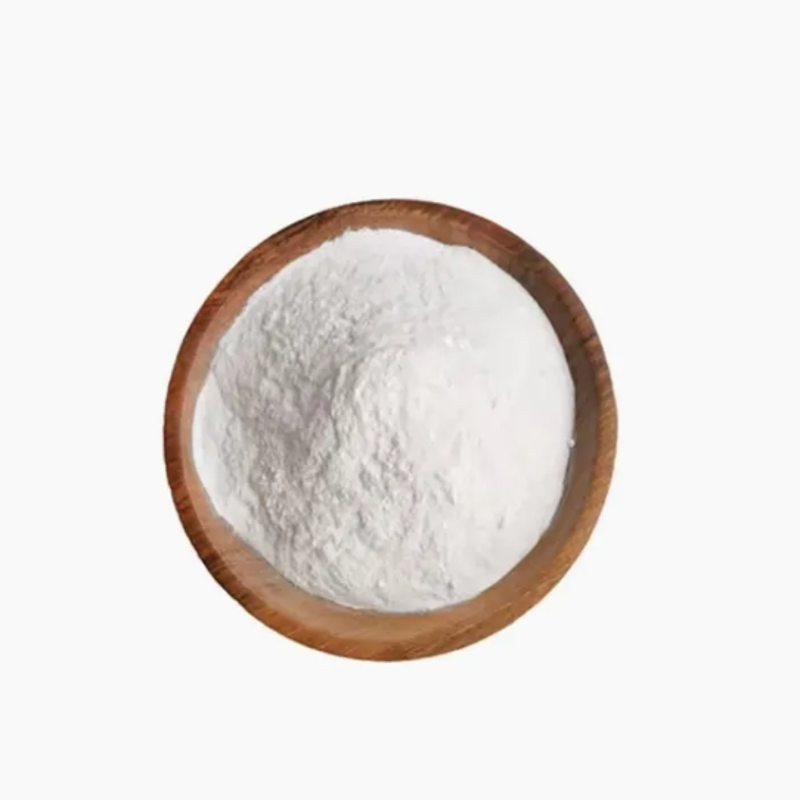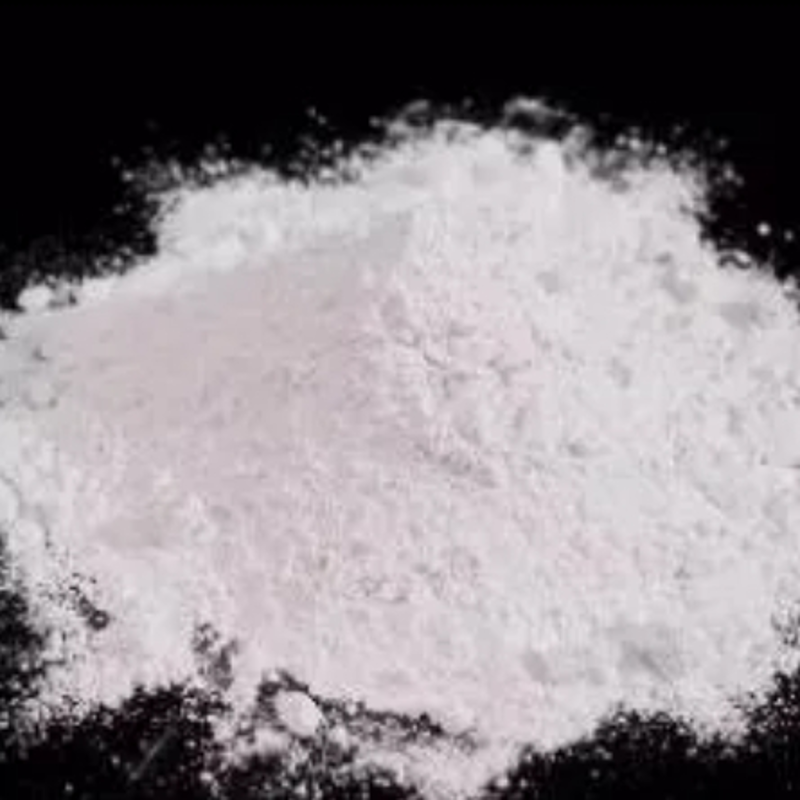Advances in the study of coating film-forming factors and their influence factors.
-
Last Update: 2020-09-20
-
Source: Internet
-
Author: User
Search more information of high quality chemicals, good prices and reliable suppliers, visit
www.echemi.com
coating refers to the protective and decorative film material formed by coating on the surface of the object. The earliest coatings were called "paints" for their use of natural oils and resins. With the development of polymer science, the range of coating raw materials has been expanded to synthetic polymer varieties. With the enhancement of people's environmental awareness, the focus of coating development has gradually developed to water-based coatings, on the one hand, in order to meet the requirements of more environments and lower film temperature, on the other hand, in order to ensure excellent mechanical, weather-resistant, indentation-resistant properties of lacquer film, are required latex particles themselves have a higher glass transition temperature (Tg), which is two aspects of contradictions. The temperature of glass transformation has an important influence on the film-forming process, and the film-forming process has an important influence on the performance of the film, and this paper hopes to help the reader by analyzing the film-forming process of the coating and its influence factors.1 Film-forming process In the study of coating film-forming process, Dillon proposed that emulsion film-forming needs to go through the process of water evaporation and latex particle deformation in the system, Voyutskii believes that there is a stage of large-molecule diffusion, Bradford and others in the study of coating film-forming, the glass transformation temperature is an important factor in emulsion film-forming factors. Through further research, water evaporation, emulsion particles attract each other, gather, diffuse and accumulate with each other, when T and Tg finally film-forming process is formally proposed.At the same time, some scholars from different angles of the membrane process is divided into particles of the unconventional motion, the close accumulation of particles, particle boundary fusion, particle boundary disappearance and eventually film four stages, and put forward vertical dry evaporation, flat-push drying and orderly arrangement of drying three kinds of water evaporation theory:
at this stage, domestic and foreign scholars with water evaporation drive particles to gather The power of the knots has been studied extensively, with Dillion, Barton and Brown, Eckersley, Visschers, etc. studying the main dynamics of the emulsion film from the surface tensors, capillary forces, and coordination between the two forces, and by calculating the typical values of the forces in the film drying process.the study of gel particles in film-forming process, the more representative theories are: (1) fusion theory; (2) capillary action theory; and (3) mutual diffusion theory. The first two theories analyze the factors of coating film-forming to varying degrees under the premise of only the force of the gel grain, ignoring other substances in the coating formulation, and analyzing the effects of dispersants and polymer properties on film-forming in the theory of mutual diffusion.2 Chemical mechanism of coating film formationIn order to give the emulsion polymer excellent performance, linear emulsion polymer is often cross-linked to form a three-dimensional mesh structure. The common method is to introduce a monomer with cross-union official energy group in the co-polymer monomer, and the resulting emulsion co-polymer has a cross-linked group on the molecular chain, through a chemical reaction between the cross-stranded group on the polymer molecular chain, or through a chemical reaction between the cross-linked group on the molecular chain and the esclinking agent. Thus, the coating after film resistance, solvent resistance and other properties have an impact. Such as ethylene benzene with multiple bonds, glycol biacrylaline, etc. can participate in cross-linking reaction through the two bonds on it, acrylic resin with double-bonds and epoxy group, etc. can be produced by the epoxy group with the molecular chain and the adhesive crosslink.Several cases are listed: (1) shrink synthetic film; (2) polymerization into film; and (3) reaction to air into film. What they all have in common is that the polymer reacts to form a mesh structure, thereby altering or improving its performance on one side.
the performance of coating film in the process of cross-linking is related to the diffusion rate and cross-linking rate of the polymer chain segment, and its diffusion and cross-online thesis can be expressed as: . In the alpha-Tdif/Trxn : characteristic time of diffusion between Tdif——— particles Trxn——— crosslink reaction time In the study of the interaction reaction, Lai Deming, Zhong Bin, etc., using the (TBA) method The curing behavior of water-soluble acrylic resin and hexamethyl melamine and closed isocyanate cross-curing polyacrylic acid lipids in the process of heating and thermostat is studied, and the decomposition and deep curing stage are put forward, and the factors of curing energy and curing time in the process of thermostat curing are studied. The formation of the cross-network structure of polymers in the gel-grain reaction was studied by infrared spectroscopy, and Li Jianzong and others used both DSC and infrared spectroscopy to analyze the effect of temperature and different times on cross-linking reaction.3 Influencer3. 1the type and dosing of monomers determine the physical and chemical properties of emulsion polymers. Such as the soft monomer in the polymer can reduce the glass temperature and the minimum film temperature, ethylene chloride and other monomers can give high strength, flame retardant resistance, styrene can give it excellent water resistance. Therefore, it is very important to select the monosome reasonably before synthesis and reaction.
3. 2 film-forming additives . Film-forming additives, also known as polysorbing aids, are widely used in coatings. It is an easy-to-disappear plasticizer. Strong solvents commonly used for ether alcohol-based high-polymers, such as propylene glycol butyl ether, propylene glycol methyl ether acetate, etc. The current research mainly focuses on the following two points
(1) plasticizer effect in the film-forming process by reducing the polymer Tg to improve its film-forming properties, Li Yiyu and other, Mu Yuanchun and other research found that due to the addition of film-forming additives, greatly reduced the outer Tg, in the film-forming process can make latex particles through tight accumulation to achieve the fusion of particle boundaries and eventually film. The comparative experimental group without membrane additives could not achieve the fusion of particle boundaries.(2) Increase in free volume the free volume of the chain segment in the glass state is frozen, can not provide enough space for the diffusion and image adjustment of the molecular chain, and with the addition of film-forming additives, reduce its Tg, for polymer particle deformation and molecular chain segment diffusion provides enough free volume, so that it can finally complete winding fusion into a continuous film.
3. 3 glassed temperature, MFT . Hardness, strength, toughness, elasticity and other technical indicators are important measures of polymers, and the glass temperature of polymers has an important impact on the above performance indicators.Whether the emulsion can be continuously filmed is mainly affected by the glass transition temperature (Tg) and film temperature of the dispersed phase polymer, and the relationship between them generally shows the following trend: - 5 degrees C - Tg - MFT - 8 degrees C, while the diameter of the latex particles, polymer polarity, molecular weight and emulsion, the type and dosage of the protective collusion will have an impact on the results.at the same time, the MFFT of the polymer is closely related to the mass of the emulsion film, and its direct effect is reflected in the suitable temperature, whether the latex particles can normally deform, fuse and thus continuously form the film.. 3. 4 Emulsizer Emulsizer category, dosage will play a role in the reaction system, emulsification, dispersion, solubility, foaming, according to the plastic structure into a core, reduce the role of interface tensor pressure, which directly affects the stability of emulsion, latex particle size, distribution and film resistance. Anion-type and non-ionic surfactants have advantages and disadvantages in emulsification efficiency, party rate, mechanical properties of preparation emulsions, so mixed use is often used to obtain more stable and high-quality emulsions. . 3. 5 temperature 3. 5. 1 During preparation microscopic particles are in a never-ending irregular thermal motion, so temperature has an important effect on the final synthetic coating, which in turn has an impact on its film-forming nature. When the temperature is higher or lower, the polymerization reaction rate of different systems is easy to be too slow or the process of detonation occurs, which will have a great influence on the yield and product quality. Some researchers combined various factors, in the experiment to adopt a step-by-step control of the reaction temperature: that is, at a more appropriate temperature reaction for a period of time, and then at a lower temperature for a period of time, and finally in the best temperature of the experiment to react, improve the success rate of the experiment. . 3. 5. 2 When coating liquid film, structure is the internal condition that determines molecular motion, and material properties are the macro-performance of molecular motion, the state of molecular motion at different temperatures of the same polymer is not the same, its macro physical properties are not the same, heat treatment within a certain temperature range is conducive to film-forming, on the one hand, thermal energy can make molecular motion intensified, on the other hand, can increase the distance between molecules, increase the activity space of the moving unit. To speed up the relaxation process, relaxation time is reduced, conducive to film.
effect of the 3. 6 pH . The effect of pH is first reflected in the selection of emulsifying agents, such as anion emulsizers in alkaline media, cation emulsizers in acidic media use is better. Secondly reflected in the reaction, because the electrolyte on the stability of the emulsion, mobility, and reaction rate have a great impact, such as the appropriate amount of electrolyte can reduce the concentration of plastic, increase the number of latex particles, improve the rate of polymerization reaction. Such as Lu Weihua, the use of weak acids, weak alkali catalytic action for the reaction of argon and ketone-based. Because in the case of strong acid, strong alkali will produce a large number of side effects. So when the aggregation reaction is complete, it needs to be made to make a make-and-go, controlling the pH to be around 6 or 8. At the same time, when adding regulators, it is necessary to control their dosage, so as to avoid the reaction of excess regulators and substances in the reaction system and affect the stability of emulsions. 4 Conclusion At present, the research on the mechanism of water-based coating film-forming mainly focuses on the establishment of theoretical models, as well as the use of modern analytical instruments to study film-forming processes and membrane state, due to the limitations of instruments and equipment, the influence of external additives on film-forming processes can not be well studied, but because of the coating in modern production and life occupies an important position, its film-forming good or bad on industrial production, social economic construction, human living environment and so on have a significant impact. At the same time, the selection of monoliths starting from the reaction, the intermediate temperature, time control and the similarity of the subsequent construction process all have an impact on the final result of coating film-forming, so in-depth study of coating film-forming system is of great significance to the production of coatings and the development of theory. .
This article is an English version of an article which is originally in the Chinese language on echemi.com and is provided for information purposes only.
This website makes no representation or warranty of any kind, either expressed or implied, as to the accuracy, completeness ownership or reliability of
the article or any translations thereof. If you have any concerns or complaints relating to the article, please send an email, providing a detailed
description of the concern or complaint, to
service@echemi.com. A staff member will contact you within 5 working days. Once verified, infringing content
will be removed immediately.







